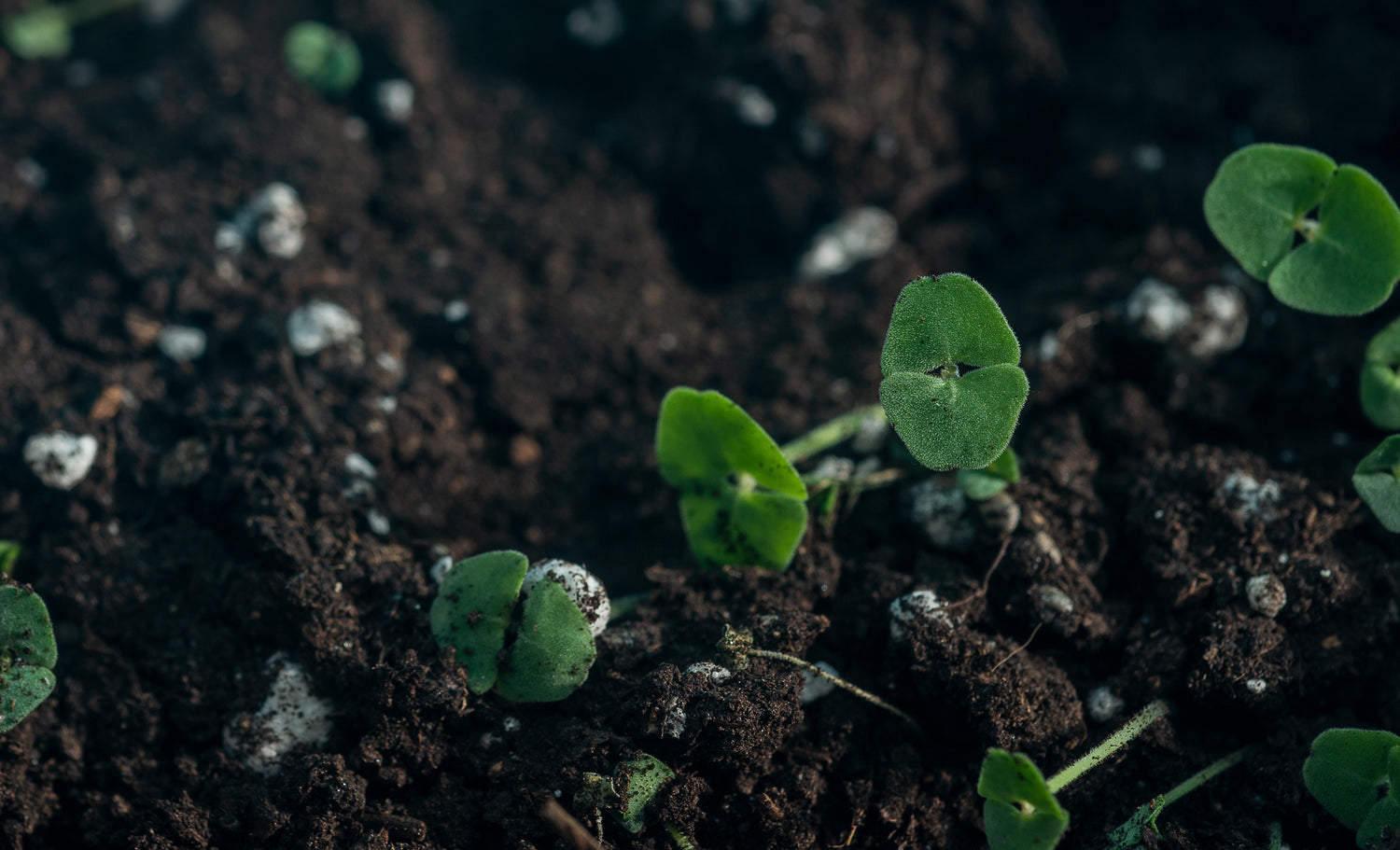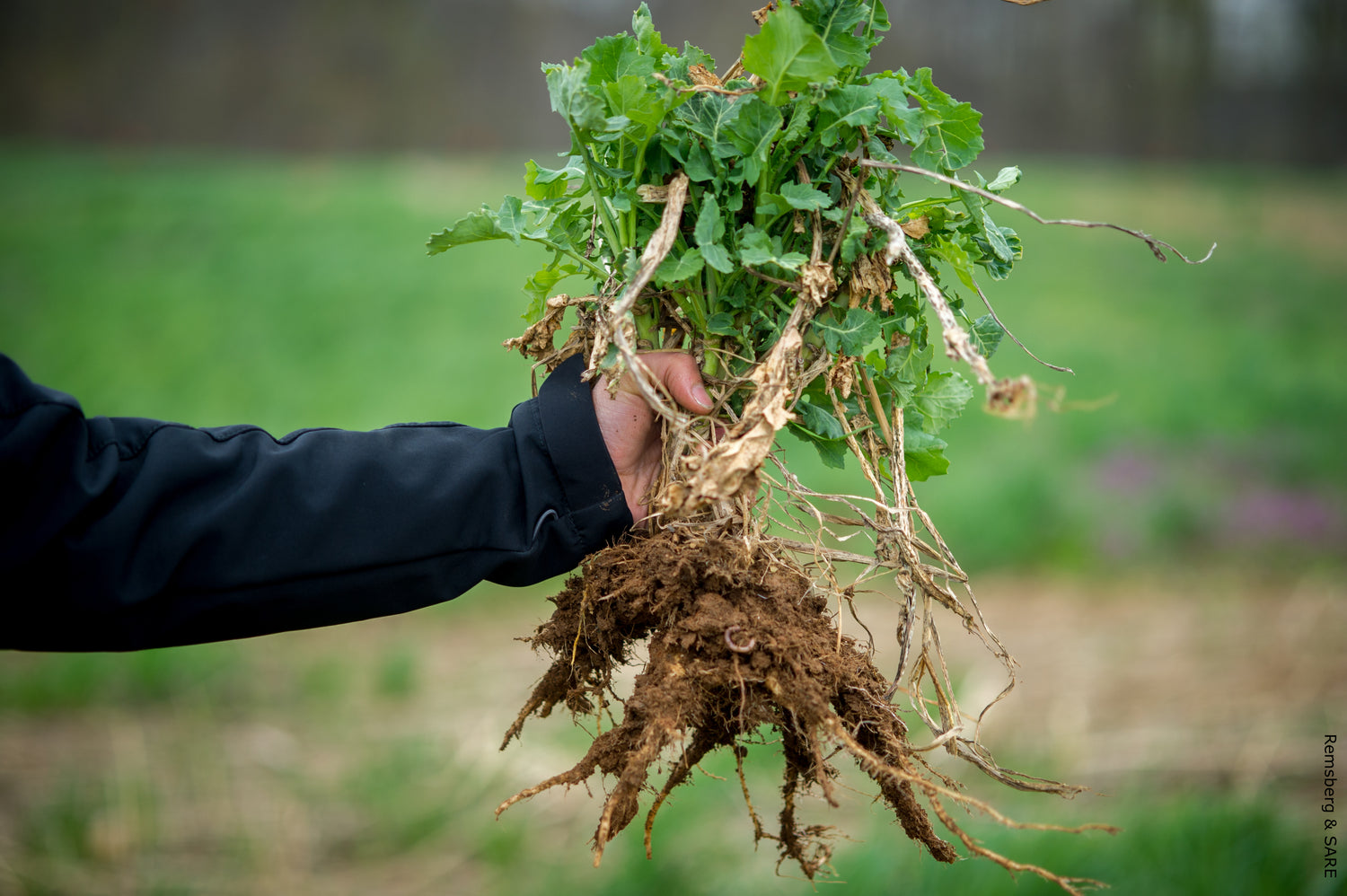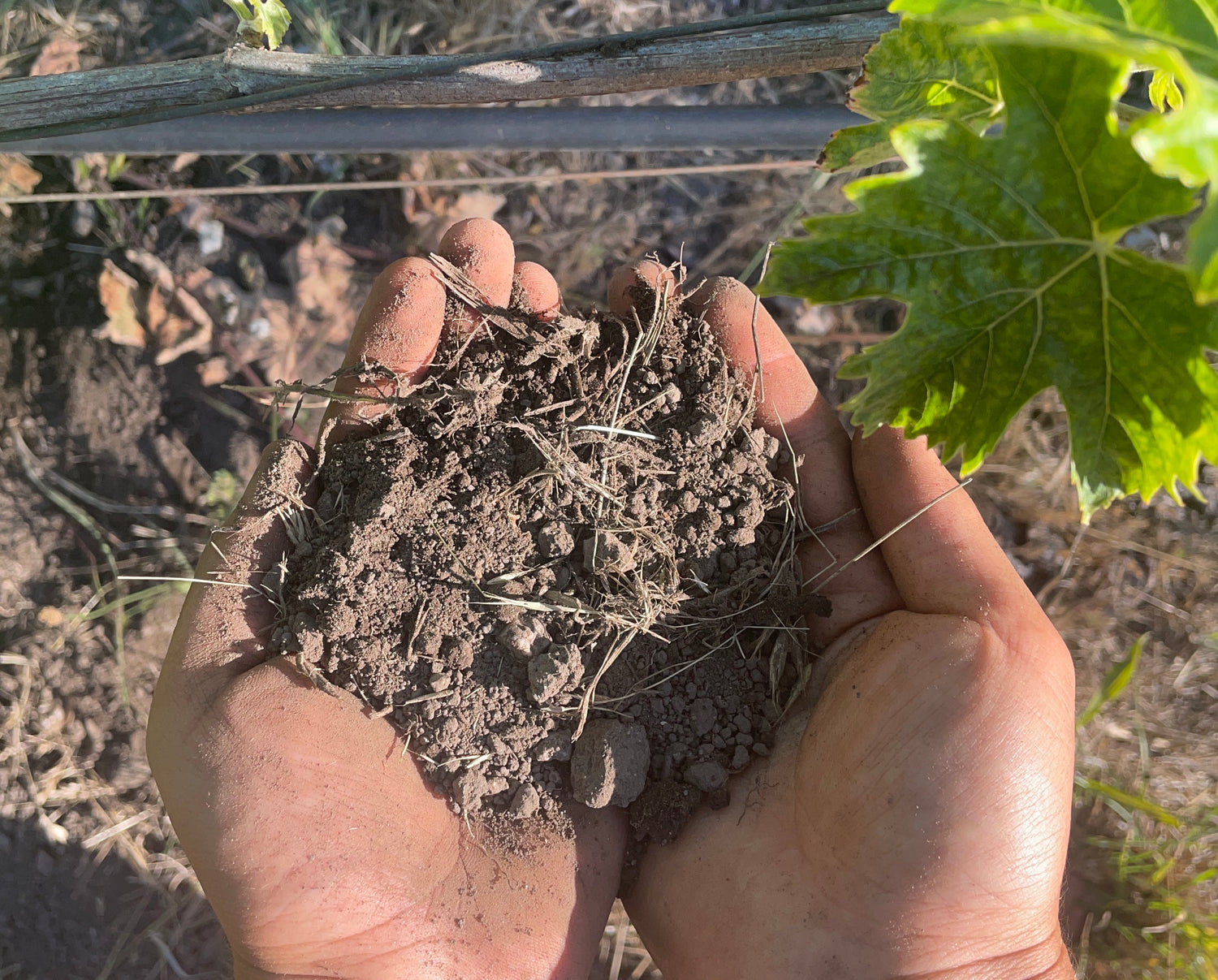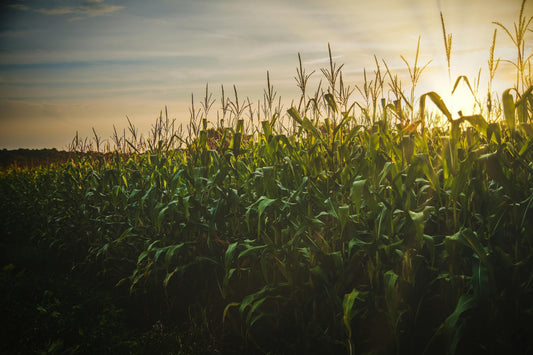New Hampshire's "Granite State" geology and glacial history have created diverse soil conditions from acidic mountain spodosols to fertile river valley alluviums, requiring specialized management approaches for successful agriculture and land stewardship in northern New England.
Complete Guide to New Hampshire Soil Types: 2025 Agricultural and Land Management Resource
New Hampshire features eight distinct soil types dominated by acidic Spodosols and glacial till soils, with limited prime farmland (125,000 acres) requiring careful pH management and soil amendments for successful agricultural production in the challenging granite-based landscape.
New Hampshire, known for its picturesque landscapes and rugged terrain, is home to a diverse range of soil types. These soils play a critical role in the state's agriculture, forestry, and overall ecosystem. Understanding the soil types in New Hampshire is essential for anyone engaged in farming, gardening, or land management within the state. This article provides an in-depth look at the different soil types found in New Hampshire, their characteristics, distribution, and suitability for various uses.
NRCS Soil Survey and Classification Framework
The USDA Natural Resources Conservation Service conducts comprehensive soil surveys throughout New Hampshire as part of the National Cooperative Soil Survey. Through detailed soil mapping and data collection, NRCS provides critical information about soil characteristics, properties, limitations, and potentials for land use planning and conservation efforts.
NRCS soil surveys contain information in the form of detailed soil maps, data tables, and text narratives that can be used in land-planning programs, with predictions of soil behavior for selected land uses and highlights of limitations and hazards inherent in the soil.
Primary Soil Orders of New Hampshire
Spodosols: Dominant Forest Floor Specialists
Spodosols are the most widespread soil type in New Hampshire, particularly in areas with significant cover of pine and spruce forests. These soils are characterized by a distinct subsoil layer rich in organic matter, iron, and aluminum, which is typically dark in color and forms under coniferous forest conditions.
pH levels in Spodosols range from 4.0 to 5.5, making them highly acidic. The sandy to loamy texture provides high drainage capacity, which can lead to nutrient leaching. These soils are typically low in nutrients, particularly in the upper layers, though organic matter accumulation in the subsoil can provide moderate nutrient reserves.
For agricultural use, Spodosols require significant management including liming and fertilization to improve productivity. They are naturally better suited for forestry and specialized horticultural crops like cranberries that tolerate acidic conditions.
Inceptisols: Young Developing Soils
Inceptisols are younger soils found throughout New Hampshire, particularly in the southern and central regions. These soils are less developed than Spodosols and are often found in areas with moderate to steep slopes, representing early stages of soil formation.
pH levels in Inceptisols range from 5.0 to 6.5, depending on parent material and local conditions. Texture varies from sandy to clayey with moderate to high drainage capacity. These soils generally have higher nutrient content compared to Spodosols, containing more organic matter and exhibiting greater natural fertility.
Inceptisols are more suitable for agriculture, particularly for growing vegetables, fruits, and pasture crops. They support mixed hardwood forests and are commonly used for both forestry and agricultural applications.
Alfisols: Premium Fertile Soils
Alfisols represent some of the most fertile soils found in New Hampshire, though they are less common than other soil types. These soils are typically found in the southern part of the state and are often associated with deciduous forest ecosystems.
pH levels in Alfisols range between 5.5 and 7.0, making them less acidic and more conducive to agricultural use. The typically loamy texture provides a balanced mixture of sand, silt, and clay with moderate to high water-holding capacity.
Alfisols are rich in essential nutrients like calcium, magnesium, and potassium, with higher organic matter content compared to other New Hampshire soils. Their natural fertility makes them excellent for diverse agricultural activities including grain cultivation, vegetables, fruits, and pasture crops.
Histosols: Organic-Rich Wetland Soils
Histosols are organic-rich soils found in wetland areas such as bogs, marshes, and swamps. In New Hampshire, these soils are more localized, occurring in low-lying areas throughout the state where water accumulation promotes organic matter preservation.
pH levels in Histosols range from 4.0 to 7.0, depending on the decomposition state of organic matter and local hydrology. These soils are composed primarily of decomposed plant material, making them very rich in organic matter with characteristic spongy, waterlogged texture.
While Histosols are high in organic matter and can be very fertile, their waterlogged nature limits conventional agricultural use. They are often preserved for ecological value as wetlands supporting diverse plant and animal species, though some are drained for specialized crops like cranberries.
Specialized New Hampshire Soil Types
Glacial Till Soils: Ice Age Legacy
Much of New Hampshire's landscape reflects glacial activity during the last Ice Age, resulting in widespread glacial till soils throughout the state. These soils consist of clay, sand, gravel, and boulders deposited by retreating glaciers, creating the characteristic rocky terrain of the region.
pH levels in glacial till soils typically range from 5.0 to 6.5, varying based on till composition. Texture varies widely from sandy to clayey, often containing significant amounts of gravel and stones that complicate cultivation.
These soils are generally low in nutrients and organic matter due to glacial action stripping topsoil. Their stony nature and poor fertility make them challenging for agriculture, better suited for pasture, forestry, and hardy crops that tolerate rocky conditions.
Alluvial Soils: River Valley Productivity
Alluvial soils occur in New Hampshire's river valleys, particularly along the Connecticut River and its tributaries. These soils form through sediment deposition carried by rivers and represent some of the most fertile agricultural land in the state.
pH levels in alluvial soils typically range from 6.0 to 7.0, providing neutral to slightly acidic conditions favorable for crop production. The loamy texture offers good balance of sand, silt, and clay with excellent water-holding capacity.
Rich in nutrients, particularly in surface layers where organic matter accumulates, alluvial soils support intensive agriculture including vegetables, grains, fruits, pasture, and hay production.
Granite-Derived Soils: Bedrock Foundation
As the "Granite State," New Hampshire's geology is dominated by granite bedrock, resulting in widespread granite-derived soils throughout the state, particularly in mountainous regions. This parent material significantly influences soil chemistry and fertility.
pH levels in granite-derived soils are typically acidic, ranging from 4.5 to 6.0. Texture is usually sandy or loamy with coarse characteristics and low water-holding capacity. These soils are generally low in nutrients and organic matter since granite provides limited fertility.
Agricultural use is challenging due to acidity, low fertility, and coarse texture. These soils are naturally better suited for forestry, particularly pine and spruce cultivation adapted to acidic, low-nutrient conditions.
Soil Testing and Management Resources
University of New Hampshire Extension Services
UNH Cooperative Extension provides comprehensive soil analysis and fertilizer recommendations to farmers, homeowners, and researchers. The soil testing service, dating back to 2005, processes more than 3,000 samples annually with recommendations based on latest research and specific to crops being grown.
New Hampshire soils are naturally very acidic (pH 4.5-5.5), while most plants prefer pH range of 6.0-6.5. Exceptions include acid-loving plants such as blueberries, azaleas, rhododendrons, mountain laurel, and holly, which prefer pH 4.5-5.5. Lime is most commonly used to raise soil pH levels.
Standard soil testing includes pH analysis, organic matter content, extractable nutrients (calcium, magnesium, potassium, phosphorus), and lead screening for home gardens. Turnaround time is approximately three weeks with recommendations for lime and fertilizers based upon intended crops.
Soil Sampling Best Practices
Proper soil sampling involves taking samples from 6-8 spots in each area to be tested, avoiding areas with obvious differences in soil type, drainage, or plant growth. Mix samples together to create representative samples from each area, taking samples at 6-inch depth for gardens, 6-8 inches for trees and shrubs, and 3-4 inches for lawns.
Agricultural Challenges and Prime Farmland
Limited Prime Farmland Resources
New Hampshire has significantly less prime farmland compared to neighboring states. USDA-NRCS data shows New Hampshire has only 125,000 acres of prime farmland soils compared to Vermont's 382,000 acres. This disparity reflects New Hampshire's challenging soil conditions, mountainous terrain, and granite-based geology.
Prime farmland soils are characterized by moderate pH, fine-textured particles, infrequent flooding during growing season, depth to bedrock of 40 inches or more, gentle slopes, and minimal surface stones. New Hampshire's acidic, rocky, and often shallow soils limit prime agricultural land availability.
Soil Management Strategies
Successful agriculture in New Hampshire requires strategic soil management approaches. Liming is often necessary to raise pH to suitable levels for crop growth. Organic matter additions through compost, manure, or cover crops improve soil structure, nutrient retention, and biological activity.
For acidic soils, targeted fertilization addresses nutrient deficiencies common in leached, low-pH conditions. Proper drainage management prevents waterlogging in areas with glacial till or high clay content, while erosion control protects topsoil on sloped terrain.
Conservation and Sustainability
NRCS Conservation Programs
Through USDA Service Centers across the state, NRCS provides technical and financial assistance to agricultural producers and forest landowners. Conservation programs help address resource concerns including soil health, water quality, erosion control, and habitat enhancement.
New Hampshire is nearly 85% forested, and NRCS regularly works with forest landowners to address resource concerns on their lands through conservation practices that protect soil resources while maintaining forest productivity.
Sustainable Land Management
Understanding New Hampshire's soil diversity enables sustainable land use decisions that work with natural soil characteristics rather than against them. Matching crops and management practices to soil capabilities ensures long-term productivity while protecting environmental resources.
Conservation practices such as cover cropping, reduced tillage, nutrient management, and erosion control help maintain soil health and fertility in New Hampshire's challenging soil environment.
Conclusion
New Hampshire's diverse landscape is reflected in its wide range of soil types, each with unique characteristics and challenges. Understanding these soils is crucial for anyone involved in agriculture, forestry, or land management in the state. From acidic Spodosols and glacial till soils to fertile alluvial and Alfisol soils, each soil type offers different opportunities and limitations for land use.
By understanding and managing these soils effectively through proper testing, amendment, and conservation practices, New Hampshire's landowners can ensure sustainable and productive use of their land for generations to come. The state's soil testing resources, conservation programs, and technical assistance provide essential support for successful soil management in this challenging but rewarding landscape.
Sources
- USDA Natural Resources Conservation Service. New Hampshire Soils Information. https://www.nrcs.usda.gov/NewHampshire/Soils
- USDA Natural Resources Conservation Service. Statewide Soil Information - New Hampshire. https://www.nrcs.usda.gov/resources/data-and-reports/statewide-soil-information-new-hampshire
- University of New Hampshire Cooperative Extension. Soil Testing Services. https://extension.unh.edu/agriculture-gardens/pest-disease-growing-tools/soil-testing-services
- University of New Hampshire Extension. Understanding Your Soil Test Results. https://extension.unh.edu/resource/understanding-your-soil-test-results-fact-sheet
- Cheshire County Conservation District. Soil Potential Index and Surveys. https://www.cheshireconservation.org/soil-potential-index-surveys
- USDA Natural Resources Conservation Service. Web Soil Survey. https://websoilsurvey.nrcs.usda.gov/app/
- USDA Natural Resources Conservation Service. Soil Surveys by State. https://www.nrcs.usda.gov/conservation-basics/natural-resource-concerns/soil/soil-surveys-by-state
- University of New Hampshire Extension. Best Practices for Submitting Soil Samples. https://extension.unh.edu/resource/best-practices-submitting-your-soil-sample












